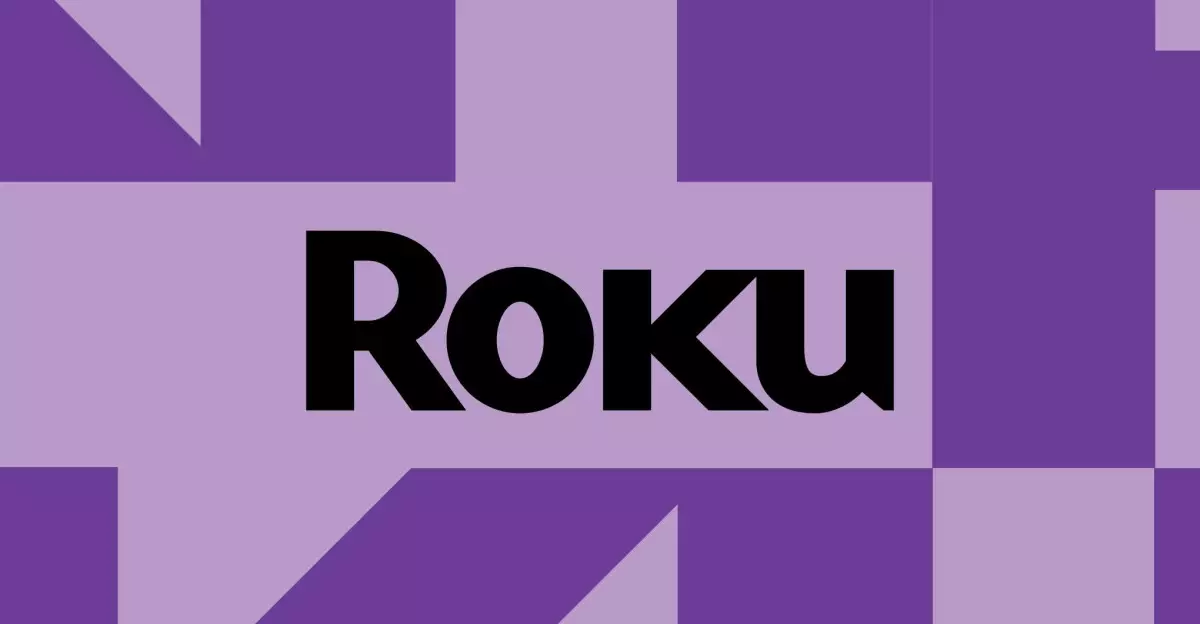Roku’s recent software update has sparked widespread dissatisfaction among its users. What should be a seamless experience while streaming HDR content has devolved into a frustrating ordeal. Reports of washed-out colors have emerged, particularly affecting platforms like Disney Plus, leading many to wonder whether Roku can maintain its reputation as a reliable streaming device. The crux of the issue illustrates the fragility of technological integrations—one misstep in software can ripple through the user experience, impairing enjoyment and dampening the appeal of high-definition content.
The immediate downturn in color quality is troubling, particularly given that HDR (High Dynamic Range) is designed to enhance the viewing experience through richer colors and improved contrast. The fact that users are now experiencing a flat, desaturated look speaks volumes about the ramifications of such a glitch. Complaints have reached beyond Disney Plus, indicating that this is not an isolated issue; apps like Netflix, YouTube TV, and others are also susceptible to these color discrepancies. It raises significant concerns about user trust in Roku as a premier streaming service.
Community Engagement and Feedback: A Double-Edged Sword
One noteworthy aspect of this situation is how Roku has engaged with its user base regarding the issue. A community moderator, known as RokuEmmanuel-D, has actively solicited feedback and examples to better understand the problem. This outreach is commendable—it’s a step towards transparency. However, it seems that merely collecting feedback isn’t enough to resolve the underlying issue. Users feel a mix of optimism and irritation; while they’re relieved to see some level of responsiveness, they also crave results, not just acknowledgment.
The responses to the forum threads have depicted a broad spectrum of dissatisfaction—from users reporting issues exclusively tied to TCL TVs to claims that Hisense devices are equally affected. This inconsistency further muddles the matter; if the problem is found across different manufacturers, it suggests that the problem is not limited to hardware, but rather lies within Roku’s software updates. It’s concerning to think that a single software update has the capacity to undermine the user experience across a variety of devices.
Comparative Analysis: The Role of HDR
When evaluating the reported issues, it’s crucial to recognize that a TV’s hardware plays a significant role in the rendering of HDR content. A poorly calibrated or lower-grade screen, such as those often found in budget models, may conflict with HDR settings even without software faults. Nonetheless, the reports indicate a more alarming trend—users are observing that HDR seems to transform vibrant images into a grayish wasteland, undermining the very purpose of HDR technology.
Interestingly, some users have indicated that HDR is functioning well when streamed from their gaming consoles or Blu-ray players, suggesting that the Roku software is the root cause of these streaming issues rather than the TV’s firmware. This stark contrast between streaming services and HDMI sources hints at deeper compatibility issues that could necessitate a detailed assessment of Roku’s software protocols and their interactions with consumer hardware.
Broader Implications for Streaming Technology
The ramifications of this incident extend far beyond Roku. They signal a growing concern among streaming companies regarding the user experience and the delicate balance between regular software updates and maintaining a stable, calibrated service. Viewers are investing in high-quality hardware for an unparalleled viewing experience, which makes color accuracy and fidelity crucial selling points in today’s market. When streaming services falter, the perceived value of expensive televisions diminishes, potentially driving customers to seek alternatives.
In a rapidly evolving digital landscape, tech companies cannot afford to falter. A company like Roku must prioritize quality assurance in its updates to maintain user loyalty and satisfaction. The stakes have never been higher, and as competition in the streaming wars intensifies, problems like these could deter audiences from these platforms in favor of alternatives. So, while engaging with the community is important, it’s the quality of the resolution that will ultimately define Roku’s trajectory in this highly competitive sector. Addressing these issues with a sense of urgency will be key to restoring user faith and establishing a more robust and reliable streaming future.


Leave a Reply